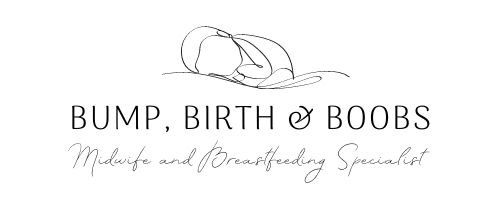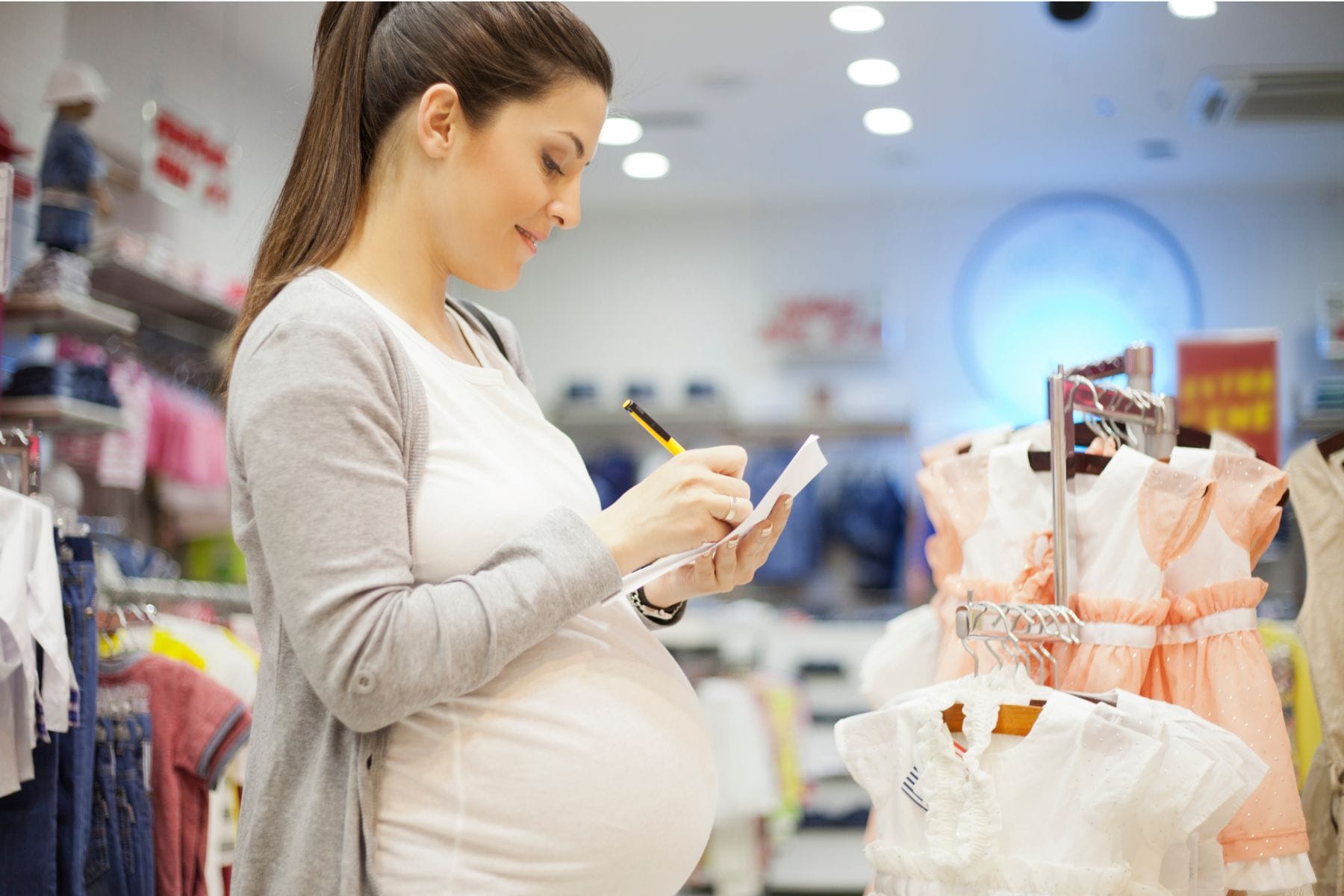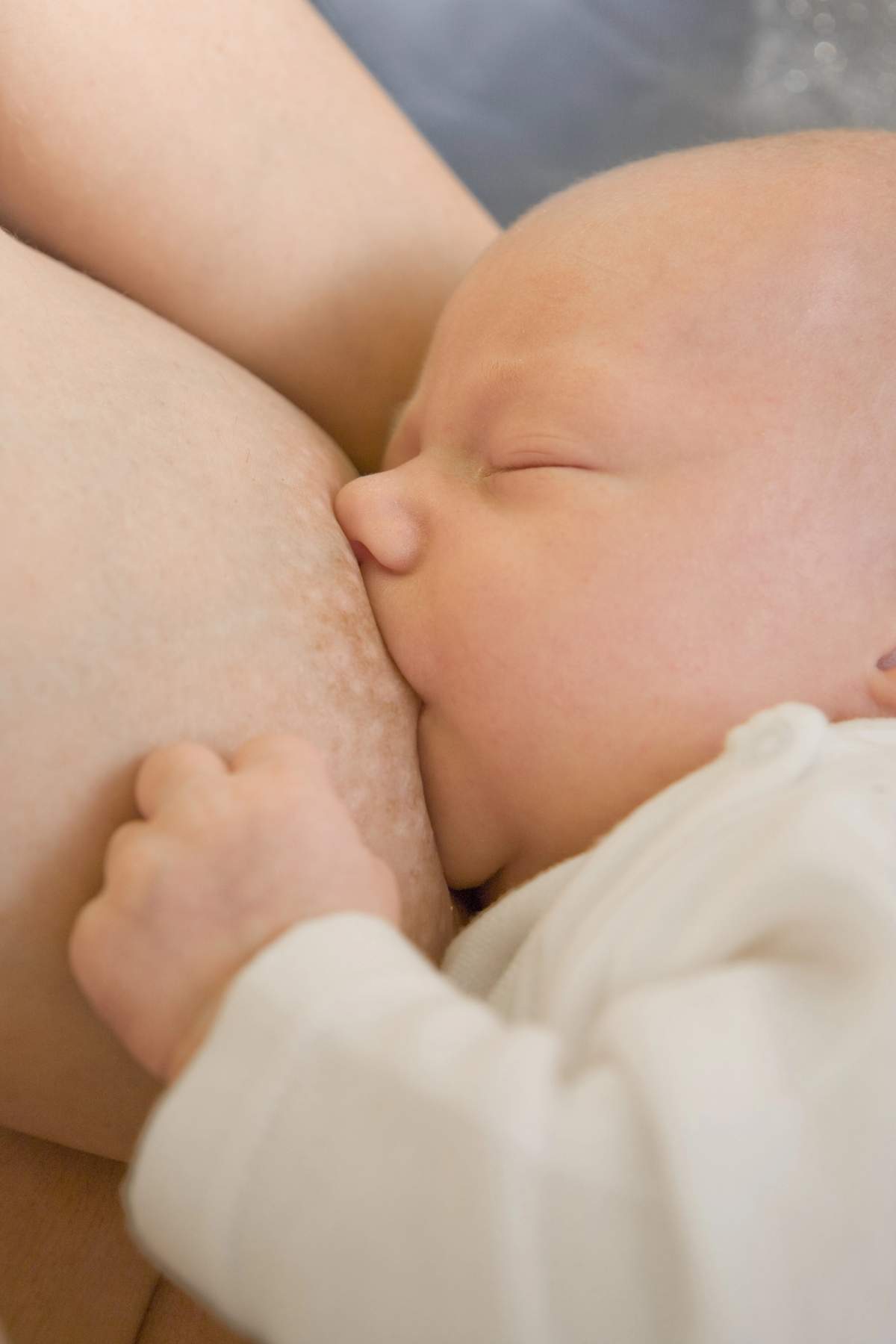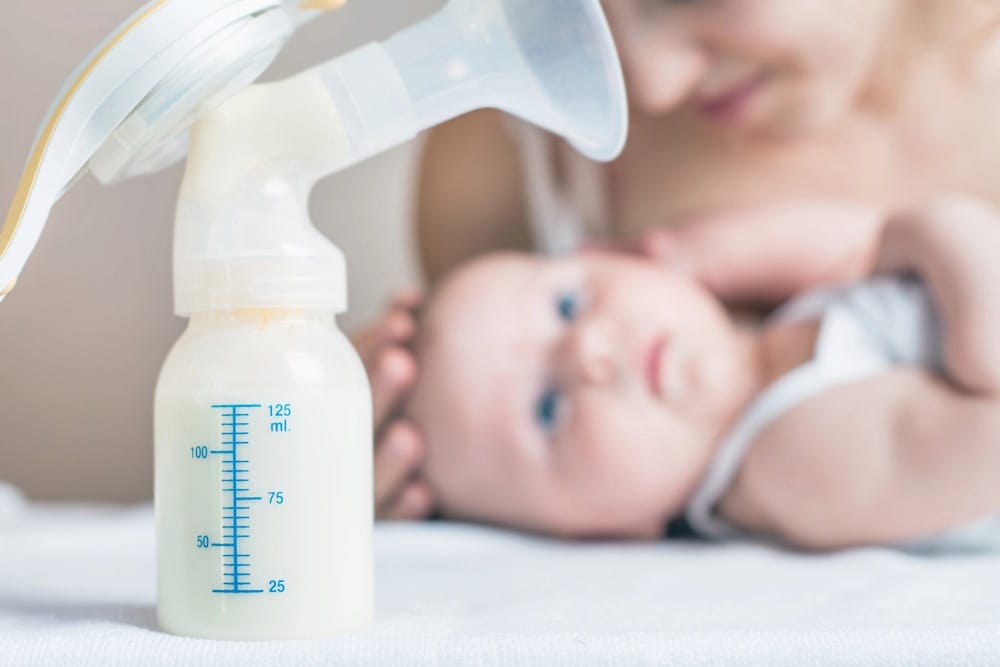What are nipple shields and what are they used for?
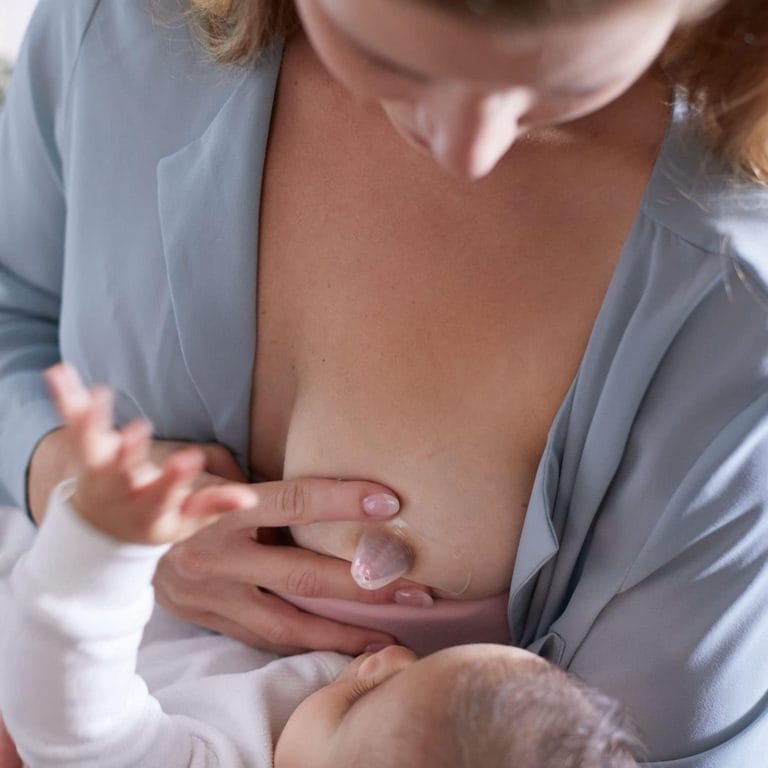
Nipple shields are thin, silicone or latex covers that are designed to fit over the nipple during breastfeeding. Using them as a breastfeeding tool can be controversial but they can be helpful in a number of situations.
Some of the areas I discuss in the post are also covered in my YouTube video on nipple shields.
Often when mothers are trying to decide if using a nipple shield is right for them the options are usually no breastfeeding at all or breastfeeding with a nipple shield and having to manage the possible disadvantages of using one.
Some mothers will use nipple shields as a temporary tool which helps them return to successful breastfeeding after their baby has been bottle feeding.
Historically nipple shields were thicker rubber devices that had a significant impact on the transfer of milk to your baby. These days the products we have are ultra thin and come in various sizes and shapes.
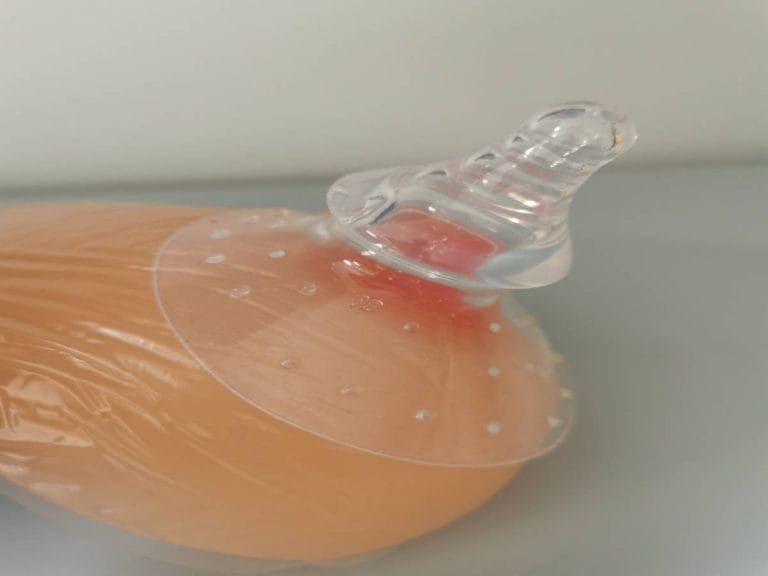
That said this shield is on the market at present and it is very much like a bottle. I have used this shield in one instance with a family where an older baby had a very strong preference for bottles and the mothers milk supply was low.
The family were incredibly committed to breast feeding and were willing to experiment with many different solutions. It was very much a last option and we used it with a supplemental nursing system to allow the baby to feed at their mothers breast with both expressed and prescription formula milk. This allowed the mother and baby to enjoy the bonding and nurturing experience of being fed from the breast.
Most of the modern nipple shields have a much lesser impact on reducing milk intake for your baby. Some studies where nipple shields have been used have shown improved breastfeeding for the mother and baby and normal prolactin levels in the breastfeeding parent. Prolactin is an important hormone in the production of breastmilk so this finding is very reassuring.
When to use a nipple shield
Nipple shields serve several purposes and can be helpful for mothers and babies in various situations. In most cases the decision to use, or not use, a nipple shield should be done with the support of a breastfeeding specialist after efforts have already been made to improve the breastfeeding.
It’s not unusual for me to speak with or visit a family that is already using a nipple shield. In many instances we can use different positions for breastfeeding or breast shaping to help deepen the baby’s latch to their mothers breast and avoid using a nipple shield.
I have videos on breastfeeding positions and breast shaping on YouTube that I encourage you to watch if you are experiencing problems with latching your baby.
If you are still struggling and are considering trying to use a nipple shield then I strongly recommend that you do so with the support of an experienced breastfeeding specialist. In some cases a recommendation will be made to also express milk either by hand or pump to help support your milk supply. But, this can cause problems of oversupply so recommendations would be individualised for you.
Latch Assistance
Nipple shields can help babies who are having difficulty latching onto the breast properly. But, as I have said above, please seek professional help first.
Pain Relief
Nipple shields can provide a barrier for mothers experiencing nipple pain or damage, allowing them to breastfeed more comfortably. Size is really important as a shield that is too large will encourage a shallow latch and you will still experience discomfort.
Flat or Inverted Nipples
Nipple shields can assist mothers with flat or inverted nipples. This is probably the area that has the most controversy surrounding their use.
Frequently professionals, myself included, will encourage mothers that it is breast feeding not nipple feeding and that your baby knows only you. However, research does show us that women with flat or inverted nipples experience more early breastfeeding challenges.
Generally I would discourage a family from using a nipple shield until after their milk has come in, around days 3 to 5, as a nipple shield is not a suitable way for your baby to receive colostrum from your breast.
There are also other breastfeeding tools on the market which can be effective in helping your baby to latch if position and shaping are not effective.
Return to breastfeeding
Bottle feeding can be an easier way for your baby to feed than from your breast. They experience the strong stimulation of the teat of the bottle against the roof of their mouth which stimulates their suck reflex. In some cases where a baby has become used to this hyperstimulation we can use a nipple shield to provide some of the stimulation to encourage them back to your breast.
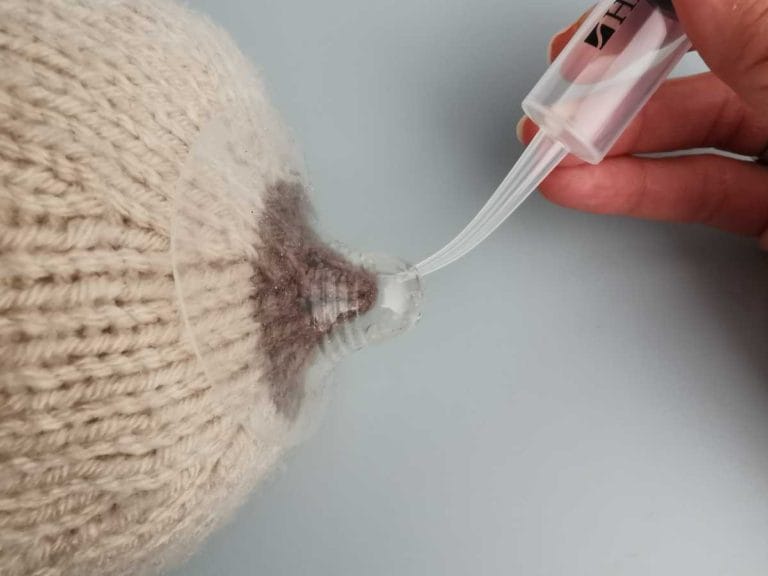
The end of a nipple shield can also be prefilled with expressed milk to provide a more immediate reward when your baby takes your breast. You can use a curved tip syringe to do this.
At breast supplementers
A nipple shield can also be used to stabilise the tubing from a supplementer that is used at the breast. In some cases the tubing can interfere with your baby latching so a shield can be used over the tube to keep it in place.
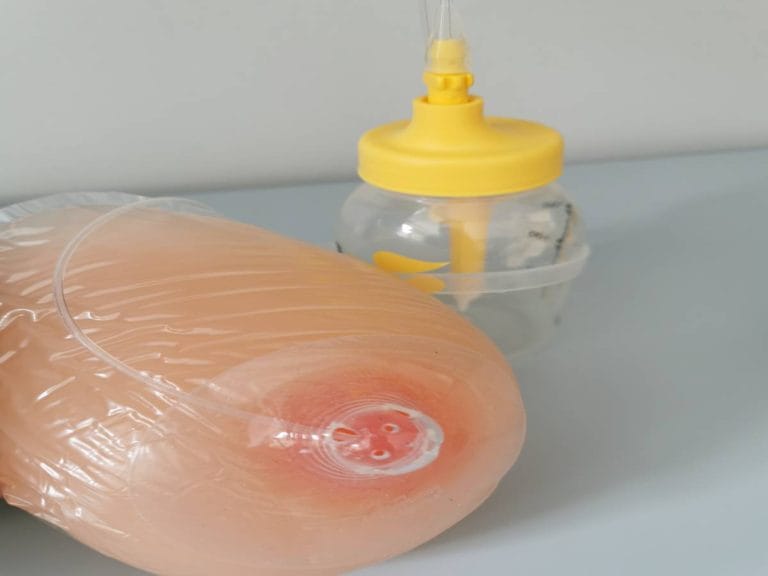
Preterm or weak suck
Some premature or weak infants such as those with neurological or sensory difficulties may benefit from nipple shields to improve their feeding ability. It may be that they need a stronger ‘latch here’ cue and a shield may be able to provide that. Your hospital care provider will likely guide you on this if they feel it is worthwhile.
Sign up for free tips and advice

Get my video guide to
breastfeeding positions
Plus
just for signing up
Tell me when your baby is due or when they were born so that I can send you the most relevant tips
Choosing the right nipple shield
Nipple Shield Size
Ensuring that the nipple shield fits well is crucial for both comfort and effectiveness. If the nipple shield is too tight it can restrict the nipple preventing expansion of your milk ducts. And if it is very tight it can restrict the blood flow to your nipple.
If the nipple shield is too large it may encourage your baby to take only the nipple into their mouth and therefore have a shallower latch which can be uncomfortable and impact your milk supply.
The length of the teat also needs consideration as if your nipple is pressing into the end of the shield then milk flow can also be impacted and you may find it uncomfortable. If a nipple shield is too short for you you may notice impressions from the holes on the end of your nipple when you remove it after feeding.
Unfortunately sizing information is not always available on nipple shields and some just come in small, medium and large. Even when sizing information is available it usually refers to the diameter of the nipple of the shield but does not include information on the length of the nipple.
See my separate post on How to put on a nipple shield and also my YouTube video on nipple shields
Nipple Shield Shape
There are a number of nipple shields on the market that include cut outs so your baby’s chin and / or nose can touch against your skin whilst they are feeding. These are great but for some women they find them difficult to keep in place. The size and shape of your breasts can also impact how well the various shaped nipple shields stay in place.
Choosing the right nipple shield is usually a bit of trial and error and often a compromise of the fit for you and the fit for your baby.
Cleaning your nipple shield
Wash and sterilise your nipple shield before its first use. Thereafter wash you nipple shields thoroughly with hot soapy water before each use. After use, rinse in cool water to remove breastmilk and then wash in hot soapy water.
Do not allow the shield to soak in soapy water as it can take on a soapy taste. If there are any signs of damage to the shield discard it and replace as necessary.
Considerations
Nipple shields can be a useful tool for breastfeeding mothers facing certain challenges, but their use should be approached thoughtfully.
I strongly encourage you to work with a breastfeeding specialist if you are considering using a nipple shield. They may be able to support you to overcome the breastfeeding problem you are facing. If a decision is made to use a shield the professional can help ensure correct fit and proper and effective use so as to limit the effect on your milk supply.
